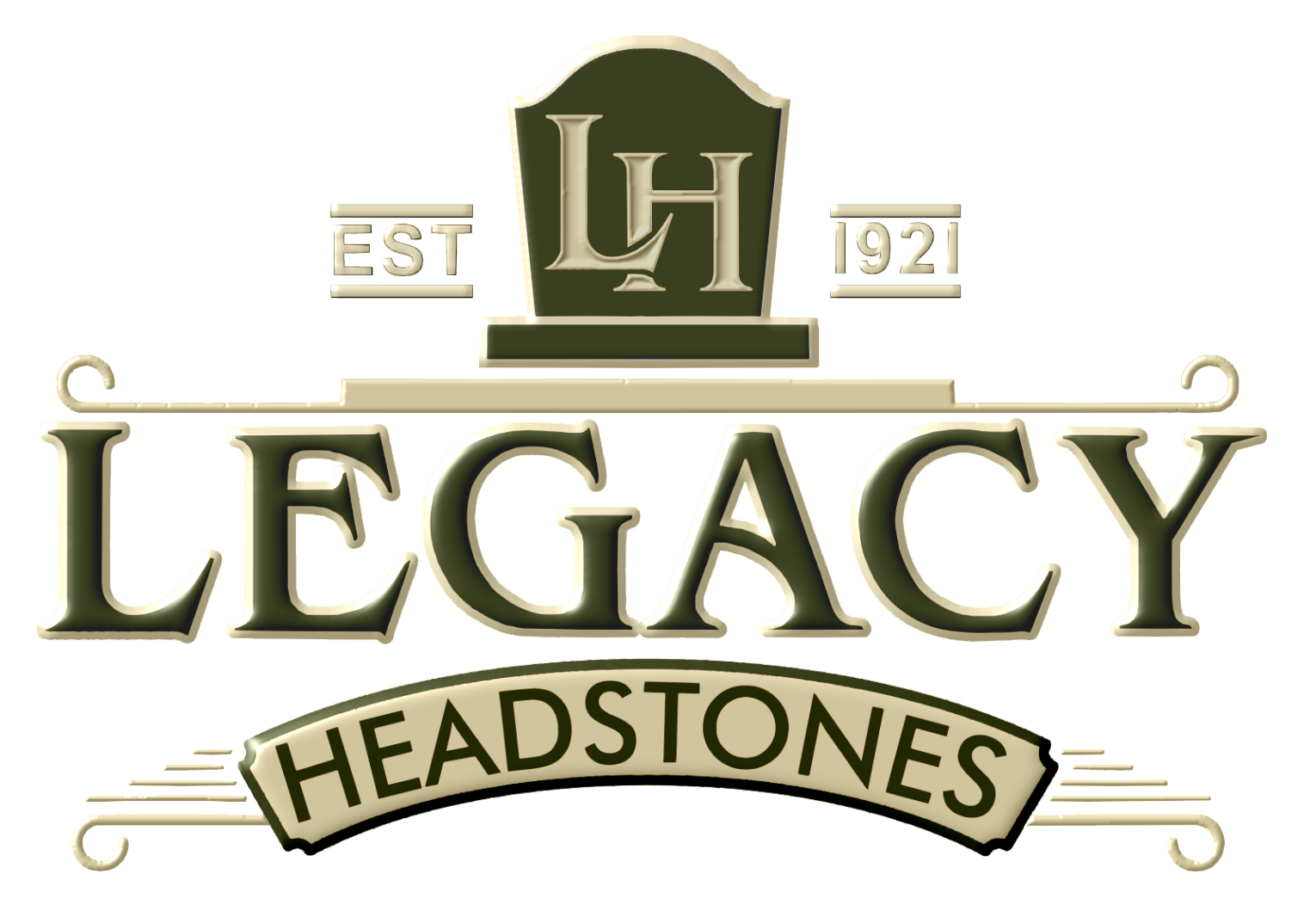Regardless of how or where we are born, there is one thing that we as humans all share: everyone eventually passes on. Death is often hidden from view and rarely discussed, but breaking the taboo around death and learning and discussing it can help calm fears, value the life we already have, and help us receive the care we would like during mourning or when dying.
The Concept of Death
Defining death remains complex and controversial within the medical community and Western perspective. For centuries, the Western definition of death referred to the absence of heartbeat and breath. Yet, thanks to medical technology advances, machines can sustain vital signs. This led Western society to redefine what death was, especially brain death. To complicate matters, however, there's no solid agreement within the medical definition as to what constitutes death or when death is ascertained to have occurred.
Conceptions and definitions of death also widely vary across cultures outside the West. Some cultures believe death occurs when sleeping or when ill. Other religious and cultural traditions, like Hinduism, believe that death is simply part of a pattern and that those who have died will be reborn with a new identity. Christianity believes death occurs only once, but the person sheds their bodily form and lives on in spirit, where what they've done during their life influences what happens to their spirit. Meanwhile, among some Indigenous tribes and within Buddhism, the dead and living coexist, and the dead can impact the well-being of the living.
Some cultural perspectives around death signal an abrupt and permanent end, where people are prohibited from even mentioning the name of the deceased in fear that doing so may endanger the lives of the living or prevent the ghost from leaving the earth and attaining peace.
Funerals
Worldwide, the practice and ritual of a funeral is more than simply correctly disposing of the deceased's body. Funerals are for the living. A funeral is often considered a celebration and rite of passage for the living and the dead. Societies around the globe turn to traditions, rituals, and rites that assist those mourning this final transition in life and serve two essential functions.
- It is understanding the relationships between the survivors and realigning those relationships.
- Funerals serve social and psychological purposes that explain, justify, and help regulate the new social aspects created by the absence of the deceased.
Headstones Around the World
Jewish and Christianity Headstones
Regarding headstone etiquette and tradition, Christianity and Jewish rites have some similarities. Monuments and headstones have been a tradition for more than 3,000 years for Christians and Jewish people. Typically, the headstone is engraved with the deceased person's name, date of birth, and death.
Jewish burial and cemetery rules branch off from Christianity with differences. For example, Jewish caskets must be Kosher and biodegradable. Graves must face east, plots should never be purchased if their loved one is ill, and the deceased should not be embalmed. Furthermore, burials should never occur during Shabbat (Saturday). Last and never least, flowers are discouraged as the dead are seen as equal. Instead, small pebbles or stones are placed on the headstone or their grave.
Japanese Headstones
In Shintoism, death is considered something impure. As a result, funerals and burial rites follow many Buddhist rituals. The deceased is not buried in caskets but is cremated and buried in a family grave. Unlike American or European gravemarkers, the tombstone, or haka, is the entire family's marker. The date of the erection of the tomb and the name of the person who purchased it may be engraved on the side of the monument, while the names of the deceased are often—but not permanently—engraved on the front of the monument.
Hinduism
Many sects and strands of Hinduism follow differing traditions when dealing with death. In most practices, the dying wish to pass within the family home, and the family will gather to keep vigil. In most Hindu funeral customs within India, the body remains at home until cremated, usually 24 hours, and then the ashes are cremated in a sacred body of water. In specific circumstances, some Hindu traditions allow the body to be buried. Burial often involves younger children, older individuals that lived saintly lives, or other exceptional cases.
Samoan Traditions
Traditionally, Samoans believed that dying at home and being buried the day after death would prevent the spirit from causing any trouble or misfortune for their family. Modern-day funerals typically are held at churches, with some choosing burial and some cremation.
When someone passes away, the tulafale, or family member selected as the orator chief, is the designated storyteller and funeral leader responsible for notifying family and friends about the death. There are gift-giving ceremonies for the bereaved during this time to show respect. The tulafale also leads a special ceremony called the saofa'i, where the family discusses essential decisions to be made about the deceased, shares stories and memories, and has a feast.
The traditions, rites, rituals, funerals, practices, and views revolving around death are so diverse it is impossible to explore them all in one sitting. Even though we share the same experiences at the end of life, conceptions of death and how we respond to it remain varied across cultures. As the world increasingly shrinks, thanks to today's expanding technologies, it is vital to understand and discuss the complexities surrounding the issues of death and dying. By removing the taboo behind discussing death, we better prepare ourselves to respect and understand people of other cultures, and better understand our feelings and issues involving death.Ending the taboo around death, explore with us the cultural perspectives on death, memorization and headstone traditions from around the world, and the beauty of end-of-life.

